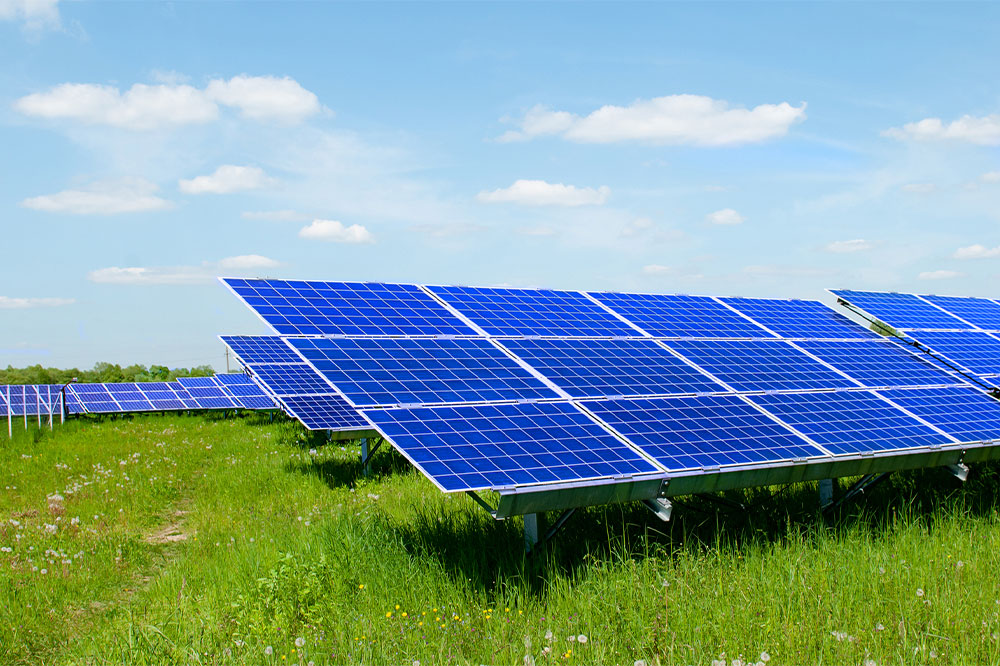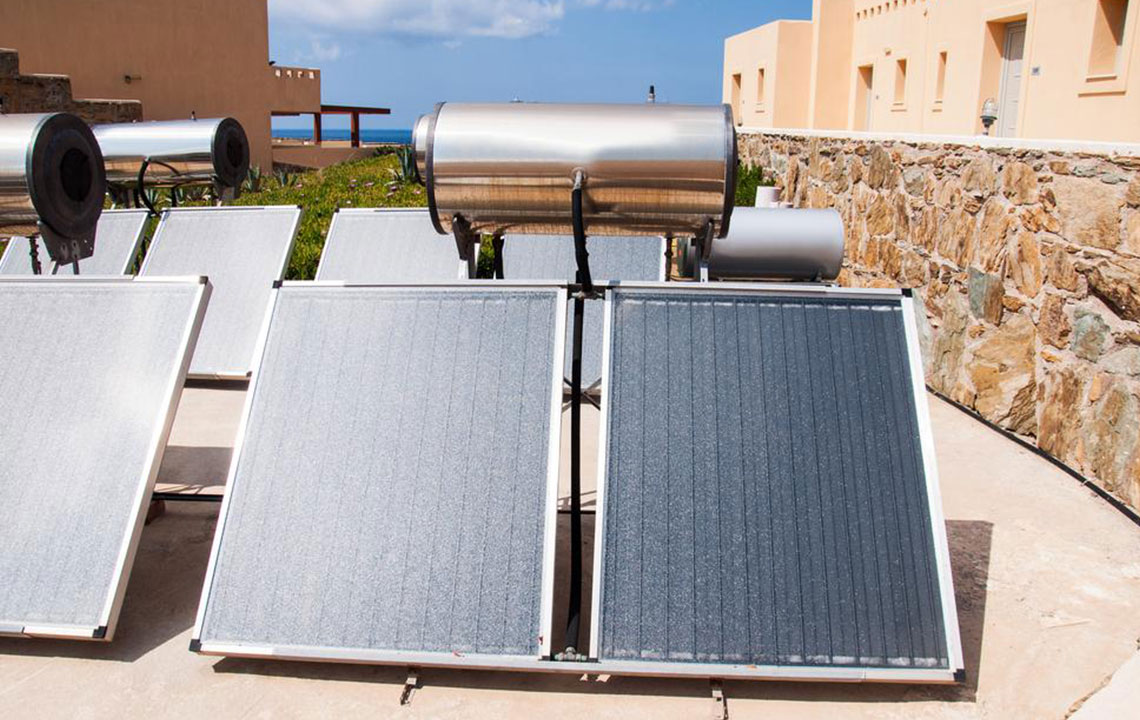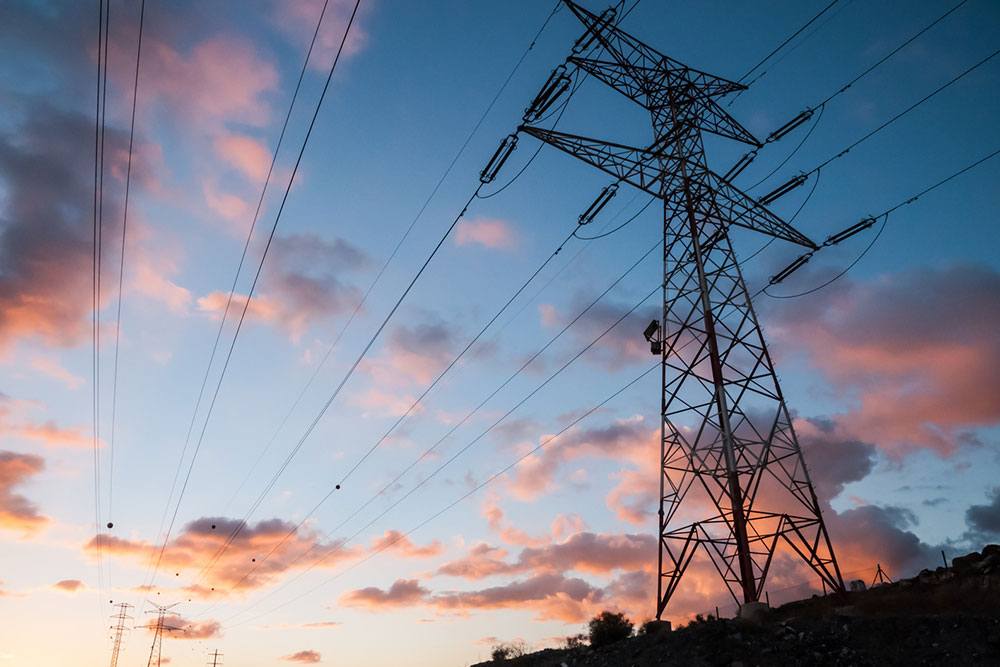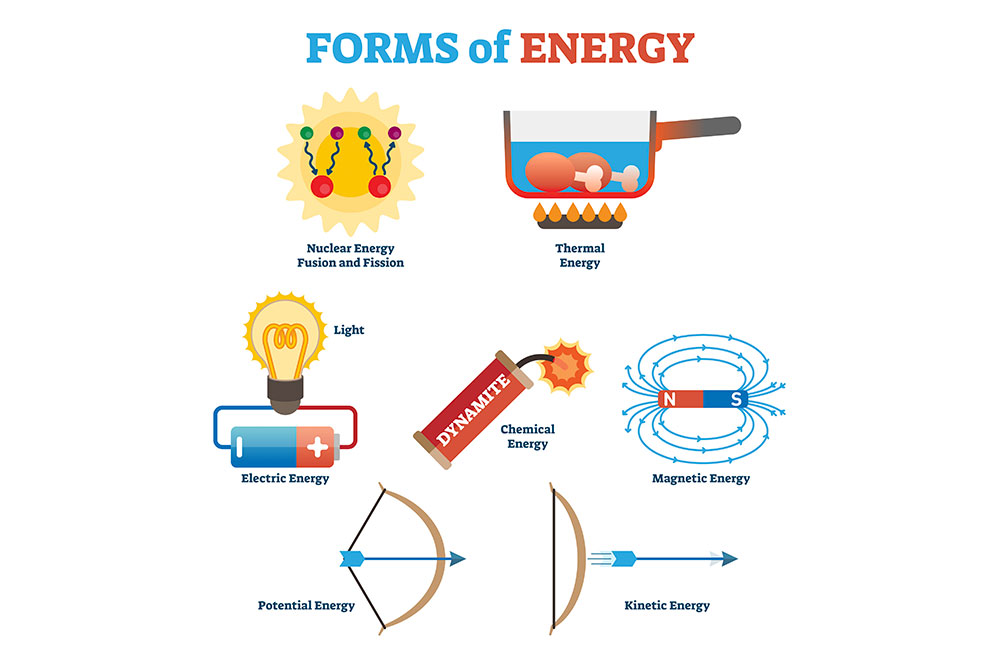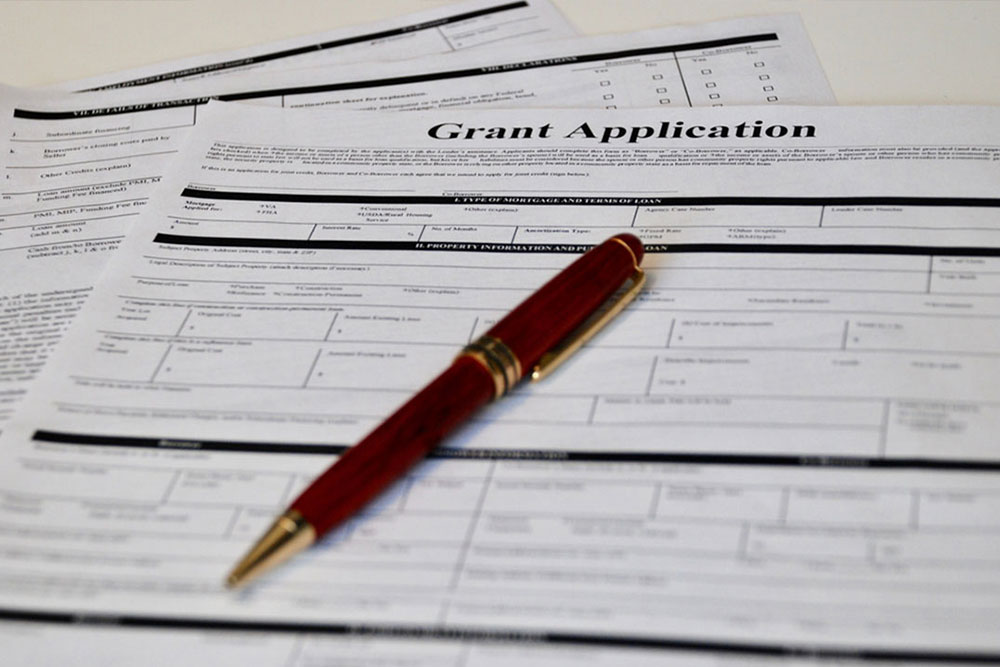Guide to Solar Panel Setup: Costs, Eligibility Tips, and Funding Options
This comprehensive guide explores the costs, eligibility criteria, and available funding options for installing solar panels. It covers optimal placement, system sizing, planning permissions, government incentives, and the step-by-step installation process. Whether you're a homeowner or part of a business, this article offers essential insights to help you harness renewable energy, save on costs, and contribute to environmental sustainability.
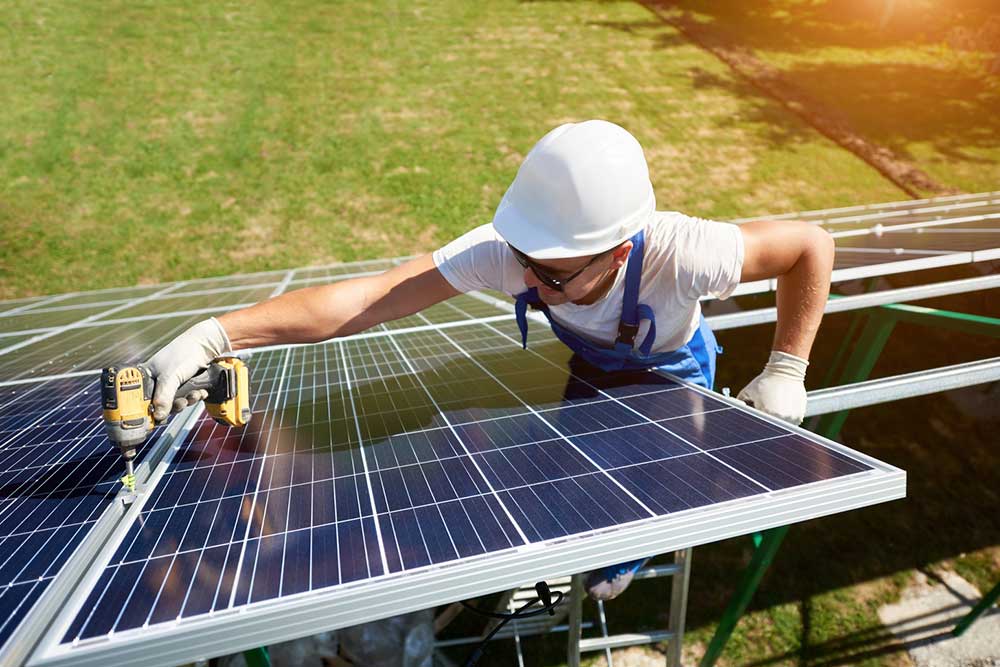
Guide to Solar Panel Setup: Costs, Eligibility Tips, and Funding Options
In recent years, there has been a notable move toward using renewable energy sources, with solar energy leading the way. Solar panels (or photovoltaic modules), made from semiconductor materials, harness sunlight and transform it into electricity to power homes, businesses, and offices. Although installing solar panels might seem costly initially, it offers significant savings on energy bills and helps reduce carbon emissions.
Is Solar Panel Installation Suitable for Everyone?
While the environmental and financial benefits of solar energy are substantial, it may not be the best choice for all households.
Roof Orientation and Incline
For optimal performance, solar panel installers recommend placing panels on a south-facing, unshaded roof with a tilt between 20-50°. East or west-facing roofs can produce 15-20% less energy but remain efficient. North-facing roofs are generally not suitable for solar panels.
Roof Size
The size of your roof influences the capacity of the solar system you can install. Typically, a 3.5 kWp system, suitable for household power needs, comprises around 6-12 panels covering 10 to 20 m2. For precise sizing, consulting a professional installer is advisable.
Factors like nearby trees, buildings, or chimneys can obstruct sunlight and affect efficiency. Choosing a clear, shaded-free location or using optimisers can mitigate shading impacts.
Planning Permissions
In most cases, solar panels are classified as permitted development, meaning no special planning permission is required. However, properties like listed buildings, heritage sites, or conservation areas should check local guidelines beforehand. Additionally, solar systems need to be registered with the local Distribution Network Operator or equivalent authorities.
Installation Costs
The total cost for installing solar panels varies based on system size, roof accessibility, panel type, and additional components. On average, a 3.5 kWp system in the UK costs around £7,000, including installation. Labour costs are usually between £600 and £1,200, calculated per watt or per person. Most systems typically recoup their costs within 14 years, saving homeowners between £400 and £915 annually on energy bills.
Government Incentives and Grants
While free solar installation isn't available, various government schemes help reduce costs:
0% VAT
Homeowners across the UK can pay no VAT on solar panel systems, saving up to £2,850 on a 4kWp setup.
Energy Company Obligation (ECO4)
Low-income households could be eligible for fully or partially free solar panels until 2026.
Smart Export Guarantee (SEG)
Owners can earn an extra £45-£80 per year by exporting surplus energy.
Home Upgrade Grant (HUG)
Properties rated D-G for energy performance could save up to £10,000 on solar costs, depending on location and property type.
Public Sector Decarbonisation Scheme (DSBS)
This scheme supports organizations aiming to reduce carbon emissions, with regional funding available until April 2025.
How to Get Your Solar System Installed
Begin by using an online calculator to estimate the suitable system size for your home. Next, obtain quotes from at least three MCS-certified installers, covering costs for panels, batteries, and inverters. After selecting a provider, schedule the installation. On the appointed day, installers will set up scaffolding, mount the panels, connect the inverter, and test the system. They will also explain how everything works, leaving your system ready for use.

